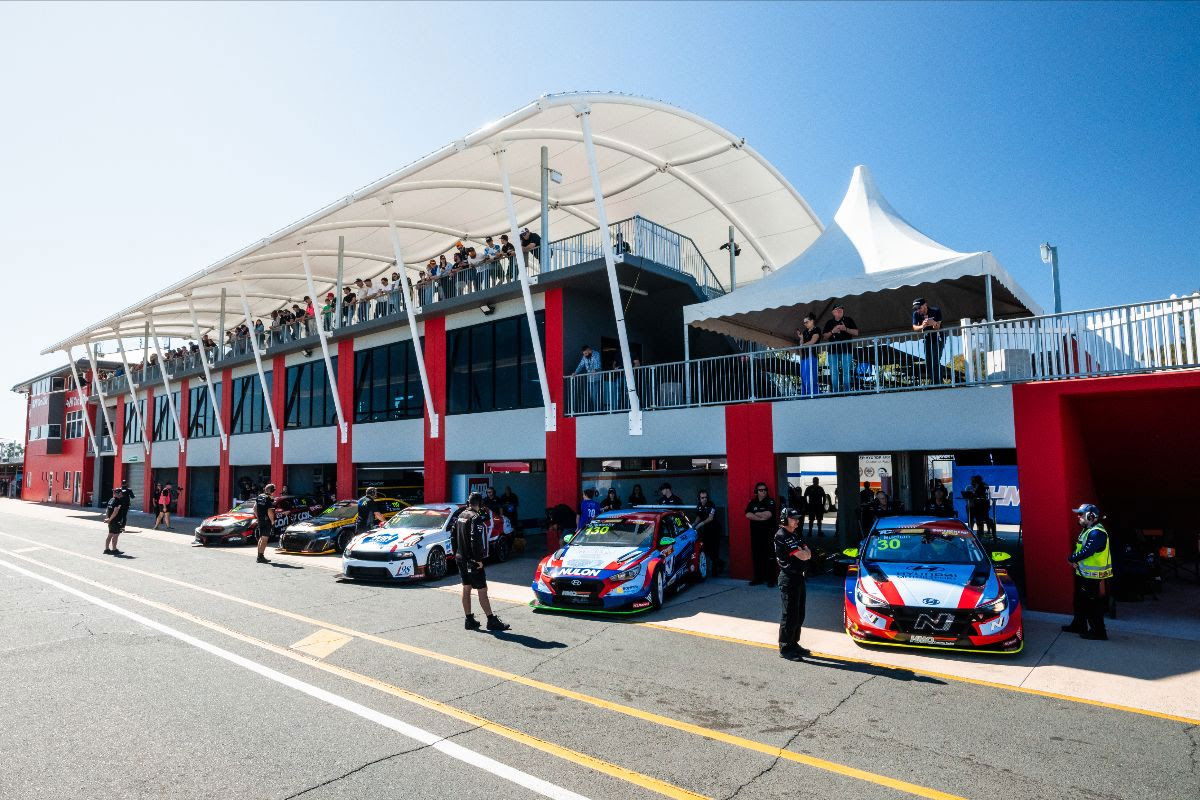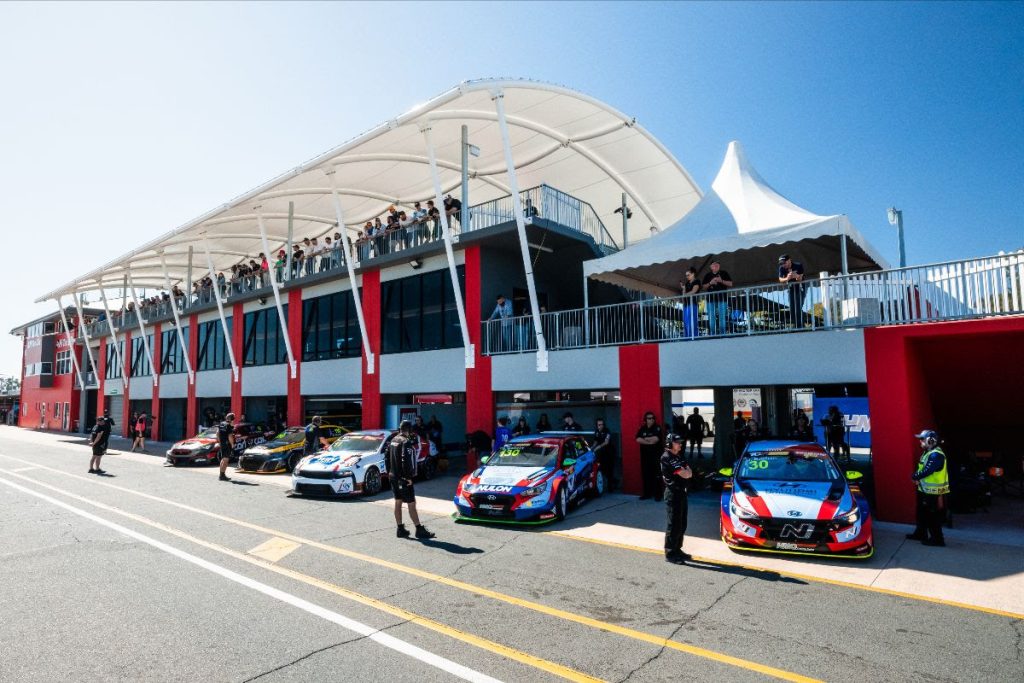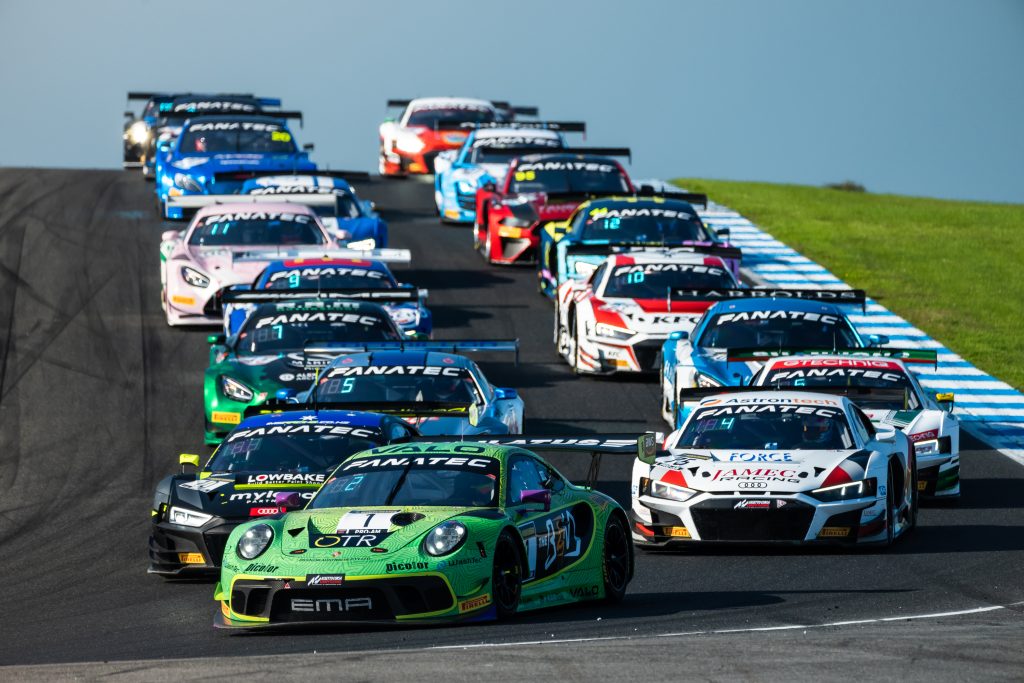

The second tier of Australian Motorsport has had a rough ride over the years for various reasons. Some of the ‘blame’ can be laid at the door of Supercars doing a great job of sucking a lot of the available oxygen out of the air.
That’s definitely not the fault of Supercars. They should get on with promoting their series to the best of their ability, as they have done for much of the last 25 years or so. It’s up to others to step up. After all, we’re not communists here, are we?
The fact is that the different custodians of the second tier just haven’t done a good enough job of consistently offering a competitive enough product to competitors and spectators.
However, as we approach the 2024 season, there’s probably never been a better chance for that second tier, the SpeedSeries, to put its best foot forward and maximise the opportunity available as a result of the seemingly deliberate winding back of the Supercars Championship.
So, what are the key pieces of the puzzle that the Speed Series needs to work on in order to make the most of the 2024 season? Here’s what I’d be focused on if I were running the show:
1. Maximise grid sizes. Ensure that small grids are just not allowed to run, let alone be given valuable airtime. Set realistic minimums for each category, and make it clear that, if they don’t show up with enough cars, then they’ll run early in the morning that weekend and not at all in future.
2. One of the keys to the above is to actively encourage competitors to enter SpeedSeries events by ensuring that they get proper value for money from the weekend. It means not abandoning races needlessly, cutting races short, or failing to be smart with Safety Car interventions and recoveries. Entry fees are substantial, logistical costs in Australia are unavoidably huge, so giving racers as much racing as possible is key.
3. Run timed races only. Don’t sell the dream of 20 laps only to then make the race time-certain. Clarity from the start that a race will be 40 minutes, one hour, or whatever, for instance, from the start of the race (NOT the green flag lap). Everyone is clear and subsequent races are easier to plan with minimal dead time.
4. On the basis that each category is getting three races per event, run two of them without spending time on the grid (with subsequent green flag/warm up laps), just like most club racing or even the Porsche races at the Grand Prix, for instance. That means going straight from pit lane to the grid and the race start. For the third race, there’d be some grid time for those categories that can use it properly for sponsor/guest activation. If a category such as TCR requires two laps from pit lane to generate tyre temperature, then give them that. The overall effect will be more actual racing for everyone.
5. Work on event scheduling to give teams the best chance to arrive at circuits later and leave earlier so that they can potentially save logistical costs. Perhaps some categories will be prioritised for this at one event and then others at the next.

6. Conduct meaningful team/driver briefings that clearly lay out the rules of racing with minimised grey areas. Then enforce them consistently and bench drivers and/or teams that go too far to the detriment of fellow competitors and/or the spectator experience. Motorsport Australia has more control over Speed Series events than any others on the calendar, so use them to demonstrate best practice and set an example.
7. Give spectators and viewers constant action rather than the compromised offering that’s all too apparent at most Supercars events. Over the last few seasons, there has been a concerted effort at most SpeedSeries events to do this. It needs to be continued and improved. Most folk don’t go to watch cars and bikes doing skids endlessly, they go to watch racing.
8. Make the most of going to at least three venues that Supercars have chosen to ignore in 2024, namely The Bend, Phillip Island, and Queensland Raceway. It would be smart to embrace Winton as well (there’s a TBA venue in September by the look of it) and not allow any unnecessary politicking to get in the way of giving fans in that part of the world something to welcome. Motorsport Australia did do some good event promotion in 2023 so build on that, price tickets sensibly for the market being tapped into, and work on attracting traditional motorsport heartland fans.
9. Given that Race Tasmania is on a far more sensible date (mid-March) than the Supercars trip over the Bass Strait in August, ensure that this event in particular knocks it out of the park. Do what it takes to fill the banks, fill the grids, and fill the vacuum that’s been created. That means being creative with ticketing and pricing. Northeast Tasmania isn’t Southeast Queensland, for example.
10. Create the best, and freshest, possible television production that the budget allows. Find some new stars, for instance, and allow junior talent to grow alongside the established pundits. Ensure that screen graphics are well thought out and provide just enough information without blocking the screen. We’ve all got widescreen TVs these days. Don’t play endless replays of the same incident and don’t show cars being fixed (or otherwise) in pit lane when there’s action on track.
11. And finally, many of the Supercar drivers are very keen to race more than 12 times a year. So, SpeedSeries management need to work with relevant categories to put Supercars talent on to the race card where possible but without upsetting regular competitors, so consult with them. Stars in Cars sell tickets, and attract viewers, which will work for all. Invest time and money wisely in Stars and that’ll be rewarded with attendances. Any old-fashioned promoter will say the same.
I can hear the naysayers now, but hopefully there’s enough fresh blood at Motorsport Australia HQ to make changes and maximise this golden opportunity in 2024.





















Discussion about this post